Renewable hydrogen and biomethane, transported and stored in gas infrastructure, will be indispensable to achieve a robust climate neutral energy system at the lowest cost to society. Common Futures uses its expertise on renewable gas markets, policy and technology, to create clear views on the system role of renewable gases in energy transition pathways. We bring parties together to develop strategies and drive forward implementation.
Biomethane is a readily available source of domestic renewable energy that can help reduce Europe’s dependence on (imported) fossil natural gas and reduce greenhouse gas emissions and even generate negative emissions. It can be transported and stored in existing gas infrastructure and can directly replace natural gas. Biomethane is relatively cost-competitive, even though production costs vary significantly depending on the size of production installation, feedstock mix and country of production. The EU aims to scale up annual production from 3.5 billion m3 (bcm) to 35 bcm by 2030, which equals 365 TWh. A significant sustainable potential exists, yet to unlock this and accelerate investments in new production capacity, a shared vision on the long-term role of biomethane in the future energy system is required, based on solid analysis.
Alongside biomethane, hydrogen can play an important system role in the future energy system. Today, industries in Europe already use 10 million tonnes of hydrogen. This is conventional hydrogen produced from natural gas. We can expect significant growth in renewable hydrogen over the next decade, and a possible role for low carbon hydrogen too. The EU targets around 650 TWh of domestic green hydrogen production and imports by 2030. Renewable hydrogen will initially in particular be used in industry. The binding target of 42% green hydrogen by 2030 and 60% by 2035, as included in the EU Renewable Energy Directive will require around 300 TWh of green hydrogen. Hydrogen will likely also play a role to produce dispatchable electricity alongside large quantities of variable electricity produced from wind and solar-PV. Hydrogen can be transported and stored in existing gas infrastructure, yet some new infrastructure investments will be needed.
Common Futures supports clients with analysing and shaping the future role of hydrogen and biomethane in pathways towards a climate neutral energy system. We also analyse hydrogen markets in interaction with (renewable) electricity markets. We helped to establish and support the Biomethane Industrial Partnership, a public-private collaboration of the European Commission, 20 EU Member States and 50 investors and biomethane producers and users whose aim is to help achieve the 35 bcm biomethane target. We support the planning of hydrogen infrastructure. We work with energy companies, gas infrastructure companies, offshore wind developers, biomethane companies and governments.
Related projects
-

Unlocking Small-Scale Biomethane Production
Alliander / Alliander Next Grid -

Simulating hydrogen storage in gas fields and salt caverns
EBN -

Using Gas Infrastructure for Biomethane
Gas Infrastructure Europe -

Biomethane as a stepping stone for nitrogen emission reduction
Dutch Association for Sustainable Energy (NVDE) -

Enabling cross-border trade of biomethane
Biomethane Industrial Partnership -

The European Hydrogen Backbone to boost EU resilience and competitiveness
European Hydrogen Backbone and Gas Infrastructure Europe -
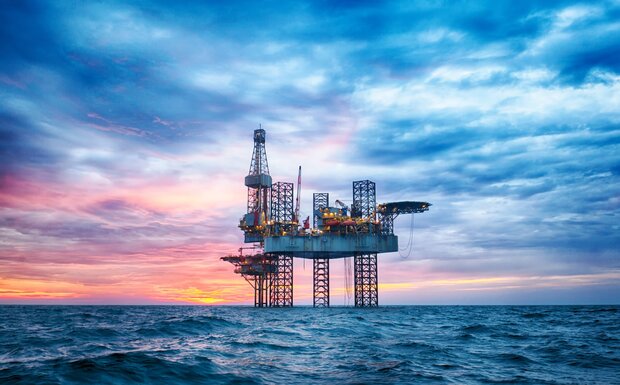
Strategic contributions to the NSWPH discussion paper on Offshore Electrolysis
North Sea Wind Power Hub (NSWPH) -

Developing a hydrogen market in the Netherlands
Invest-NL -

Biomethane for emission abatement by 2040
European Biogas Association -
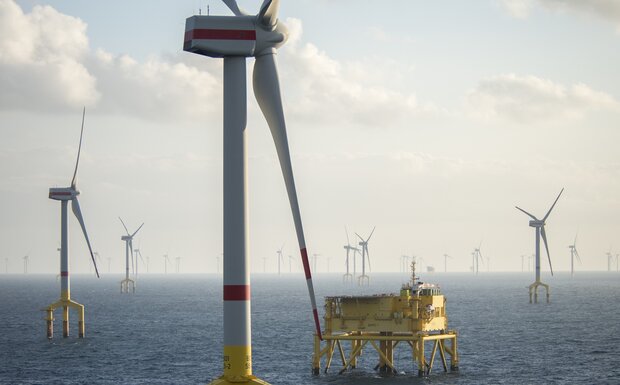
Energy infrastructure on the North Sea after 2030
Ministry of Economic Affairs and Climate Policy -

Underground hydrogen storage
Energiebeheer Nederland (EBN) -
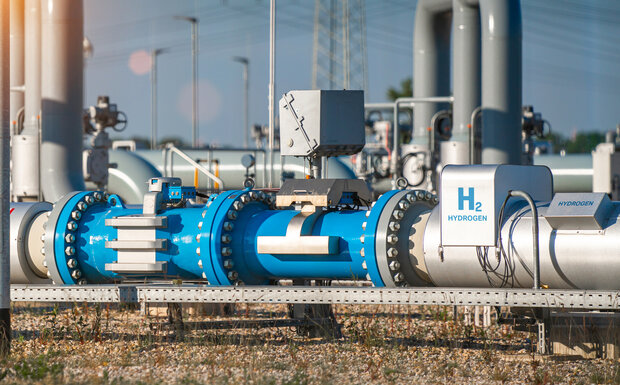
Helping to build the hydrogen backbone
Gasgrid Finland -
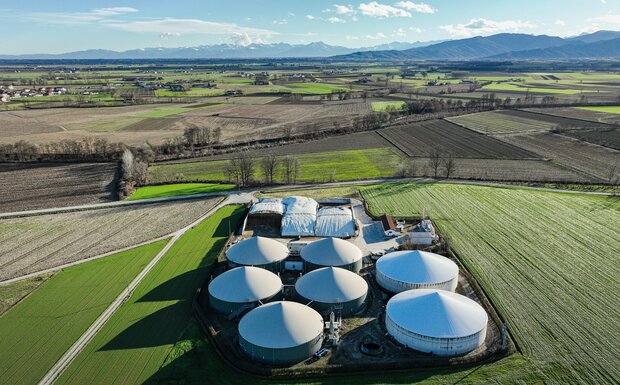
Scaling up biomethane in Europe
Biomethane Industrial Partnership -

The system role of hydrogen
Gasunie -

Hydrogen as additional product of offshore wind farms
Large offshore wind developer -

Market analysis of biomethane and biomethanol
A renewable energy technology company -
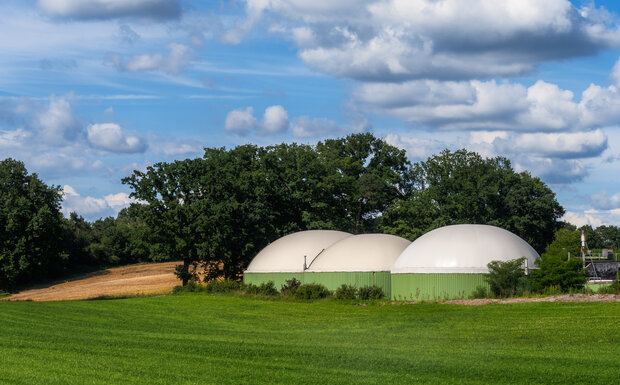
Building the Biomethane Industrial Partnership
European Biogas Association -
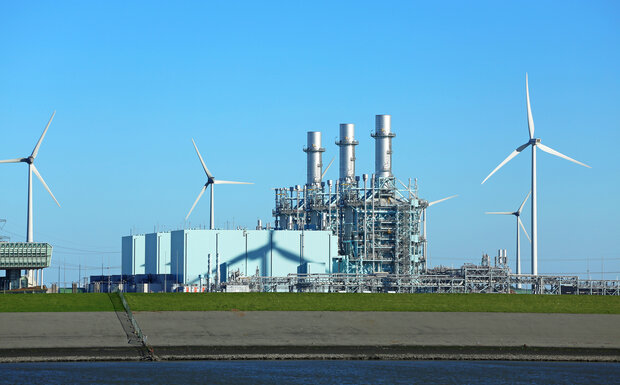
The system cost of dispatchable power
Eurogas
